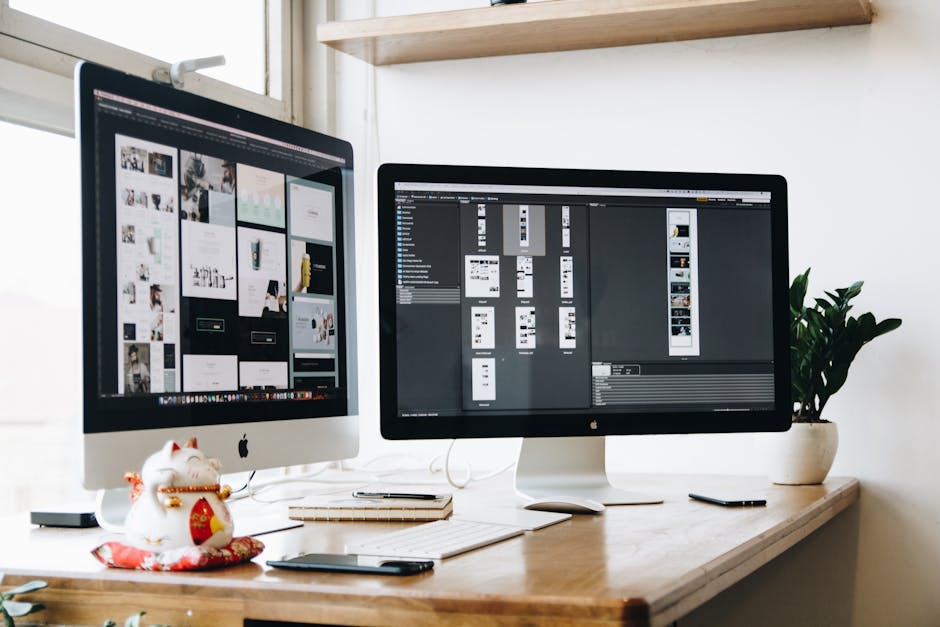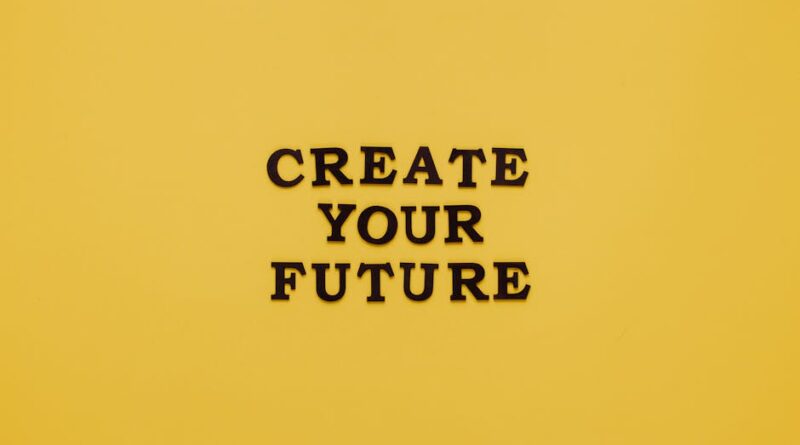How to Optimize Your Design Software
Have you ever felt frustrated while using design software? You’re not alone! Many designers struggle with tools that slow them down. Did you know that 70% of designers say optimizing their software boosts their productivity? Let’s explore how to get the most out of your design software.
Why Optimize Your Design Software?

Optimizing your design software can save time and make your work easier. Imagine completing projects faster and with less stress. When your tools work well, your creativity can flow freely.
But what does “optimizing” mean? It simply means making sure your software runs smoothly and efficiently. You can tweak settings, manage resources, and even upgrade tools. All these steps create a better experience.
What Are the Common Issues with Design Software?

First, let’s look at some common problems you might face:
- Slow Performance: Your software lags, making tasks take longer.
- Crashes: Losing unsaved work can be frustrating and time-consuming.
- Compatibility Issues: Some files may not open correctly or lose quality.
- Overwhelming Features: Too many tools can confuse rather than help you.
By addressing these issues, you can improve your design work significantly. Now, lets dive into some practical tips!
How Can You Improve Your Software Performance?

Improving performance can feel overwhelming, but it doesnt have to be. Heres a step-by-step guide.
1. Keep Software Updated
Always use the latest version. Software updates often fix bugs and improve performance. Check for updates regularly. Most programs have an automatic update feature, so enable it!
2. Manage Your Resources
Your computers resources matter. A powerful machine makes a difference. Heres what to do:
- Close Unused Applications: Extra open programs can slow everything down.
- Increase RAM: More memory helps when running heavy design software.
- Use SSDs: Solid State Drives load programs faster than traditional hard drives.
These changes can help reduce lag and improve load times.
3. Optimize Your Settings
Your software has settings that can be customized. Heres how to adjust them:
- Lower Graphics Settings: If your software allows, reduce the quality of 3D previews.
- Manage Plugins: Disable unnecessary plugins that may slow down performance.
- Adjust File Handling: Set your program to save automatically every few minutes.
These small tweaks can lead to a smoother experience while you work.
Are There Workflow Tips to Consider?

Yes! Your workflow can either enhance or hinder your productivity. Heres how to optimize it:
1. Create Templates
Templates save time. Create standard layouts for your projects. This way, you won’t have to start from scratch every time. Use templates for:
- Social Media Posts
- Presentations
- Print Materials
Having a starting point helps you stay consistent and speeds up the design process.
2. Organize Your Files
File organization is crucial. Keep your workspace tidy. Create folders for:
- Current Projects
- Completed Work
- Assets (e.g., images, fonts)
A well-organized system reduces time spent looking for files.
3. Use Keyboard Shortcuts
Learning keyboard shortcuts can significantly speed up your work. Here are a few common ones:
- Ctrl + C: Copy
- Ctrl + V: Paste
- Ctrl + Z: Undo
These shortcuts help you navigate your software quickly and easily.
How Can Collaboration Improve Your Process?
Working with others can enhance your projects. Collaboration tools allow you to share ideas and feedback quickly. Heres what to explore:
- Cloud Storage: Use platforms like Google Drive or Dropbox. They make sharing files easy.
- Design Feedback Tools: Tools like InVision or Figma let team members leave comments directly on designs.
- Version Control: Keep track of changes in your designs. This helps avoid confusion.
Effective collaboration makes the design process smoother and more enjoyable.
What Are the Best Practices for File Management?
Good file management is essential for any designer. Follow these practices to keep your work organized:
- Use Descriptive Names: Name files clearly to know what they contain.
- Create Backups: Regularly back up your work to avoid losing important files.
- Archive Old Projects: Keep your working space clutter-free by archiving completed projects.
These practices keep your digital workspace organized and reduce stress.
What About Learning and Resources?
To optimize your software, continuous learning is key. Here are some resources:
- Online Courses: Websites like Coursera and Udemy offer design software courses.
- YouTube Tutorials: Many designers share quick tips on platforms like YouTube.
- Forums: Join design communities on Reddit or specialized forums to ask for advice and share experiences.
Investing time in learning can greatly enhance your skills.
How to Stay Updated with Design Trends?
Design trends change. Staying updated keeps your work relevant. Heres how:
- Follow Design Blogs: Websites like Smashing Magazine and Creative Bloq offer insights into current trends.
- Join Design Groups: Online groups on platforms like Facebook and LinkedIn can provide inspiration.
- Attend Webinars: Many organizations host online events about new tools and trends.
Engaging with the design community helps you stay ahead of the curve.
Ready to Optimize?
Optimizing your design software doesnt have to be overwhelming. With small changes, you can significantly improve your workflow. Start with updates and resource management, then explore workflow tips and collaboration tools. Remember, a well-organized space leads to a more productive you!
Take action today. Choose one or two tips to implement this week. Before you know it, you’ll notice a difference in your design experience.
If you want to learn more about design techniques, check out our article on Essential Design Techniques.
Make the most of your design software and unleash your creativity!

